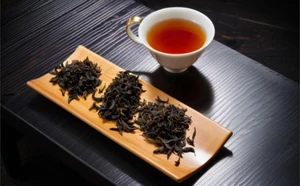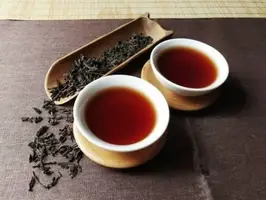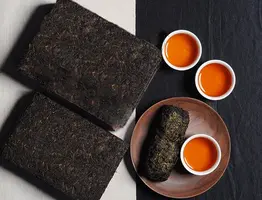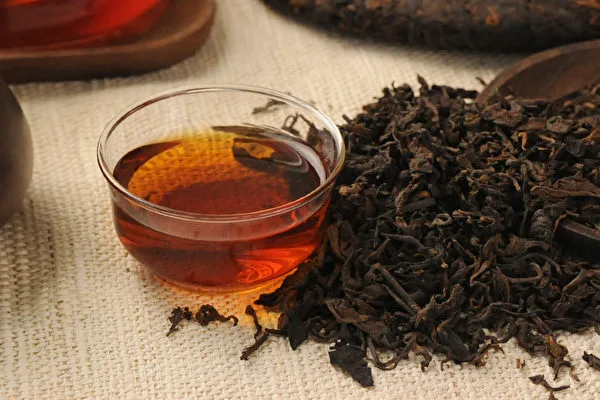

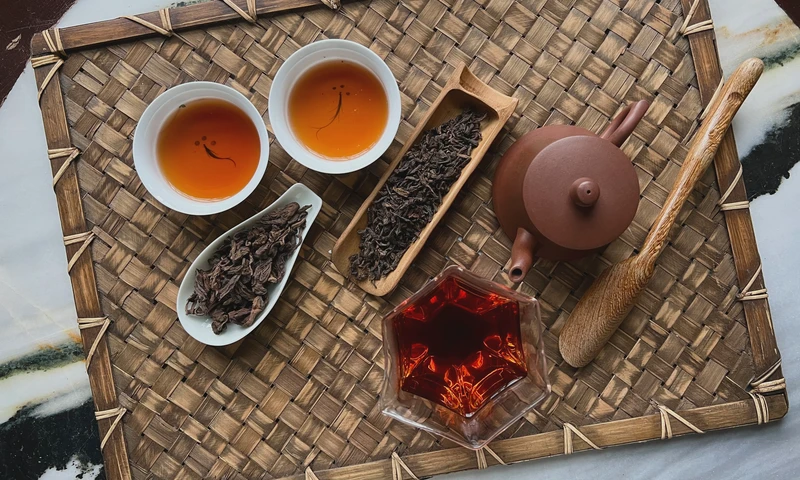
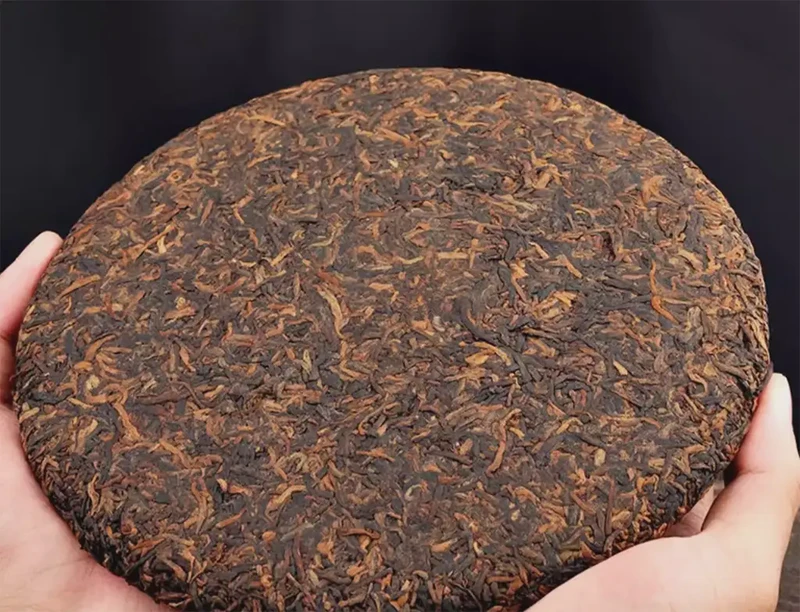
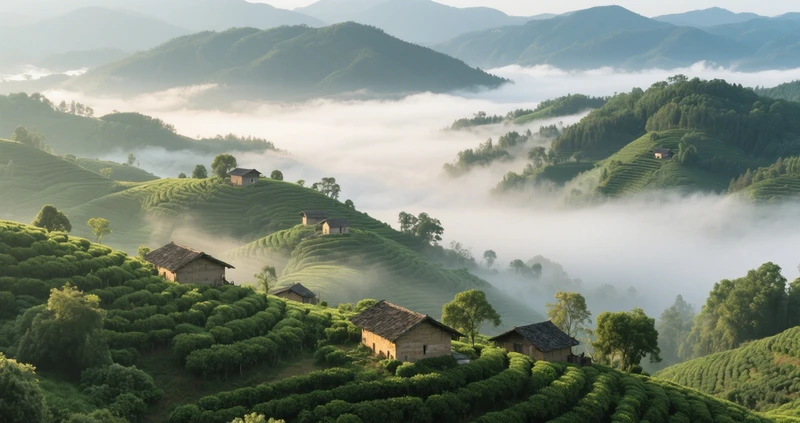
Pu-erh
Origin
Yunnan
Category
Dark Tea
Harvest Time
Spring & Autumn
Processing
Post-Fermentation
Description
Pu-erh tea is a distinctive post-fermented tea from Yunnan Province, China, known for its unique earthy flavor, complex aging process, and potential health benefits. It is made from the large-leaf variety of the Camellia sinensis plant and undergoes either a natural slow fermentation (sheng) or an accelerated fermentation (shou).
